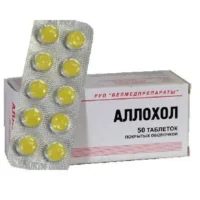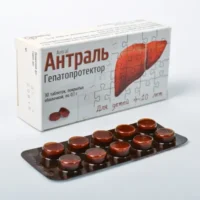Description
Ukrliv (Ursodeoxycholic Acid) Oral Suspension 250 mg/5 ml. 30 ml. Vial
Ingredients:
- Each 5 ml of oral suspension contains 250 mg of Ursodeoxycholic Acid.
Dosage:
- The recommended dosage for Ukrliv oral suspension is as directed by a healthcare professional. It is typically taken with food to increase absorption.
Indications:
- Ukrliv oral suspension is indicated for the treatment of various liver conditions including primary biliary cholangitis, chronic hepatitis, and gallstones. It works by reducing the amount of cholesterol produced by the liver and helping to dissolve gallstones.
Contraindications:
- Do not use Ukrliv oral suspension if you are allergic to Ursodeoxycholic Acid or any other ingredients in the product. It is important to consult with a healthcare provider before starting this medication.
Directions:
- Shake the vial well before each use. Measure the prescribed dose using the provided measuring device and take with food. Do not exceed the recommended dosage.
Scientific Evidence:
- Ursodeoxycholic Acid, the active ingredient in Ukrliv oral suspension, has been extensively studied for its hepatoprotective effects. Research has shown that Ursodeoxycholic Acid can improve liver function and bile flow in patients with primary biliary cholangitis. Additionally, studies have demonstrated the efficacy of Ursodeoxycholic Acid in treating gallstones.
Additional Information:
- It is important to follow the dosage instructions provided by your healthcare provider to ensure the effectiveness of Ukrliv oral suspension. Contact your doctor immediately if you experience any severe side effects or allergic reactions. Store the vial at room temperature and away from direct sunlight.
Pharmacological Effects:
- Ursodeoxycholic Acid works by reducing the amount of cholesterol produced by the liver, which helps to dissolve gallstones and improve liver function. It also has anti-inflammatory and immunomodulatory properties that contribute to its hepatoprotective effects.
Clinical Trials:
- Clinical trials have shown that Ursodeoxycholic Acid is effective in improving liver function tests, reducing liver inflammation, and preventing the progression of liver diseases such as primary biliary cholangitis. Patients treated with Ursodeoxycholic Acid have shown significant improvements in symptoms and quality of life.





